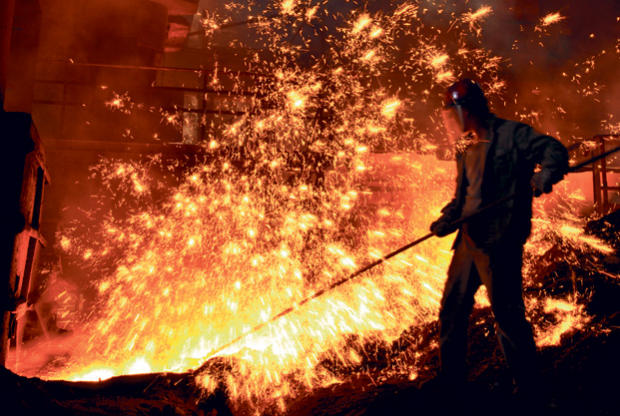
14 9月 Alu Tap Cones
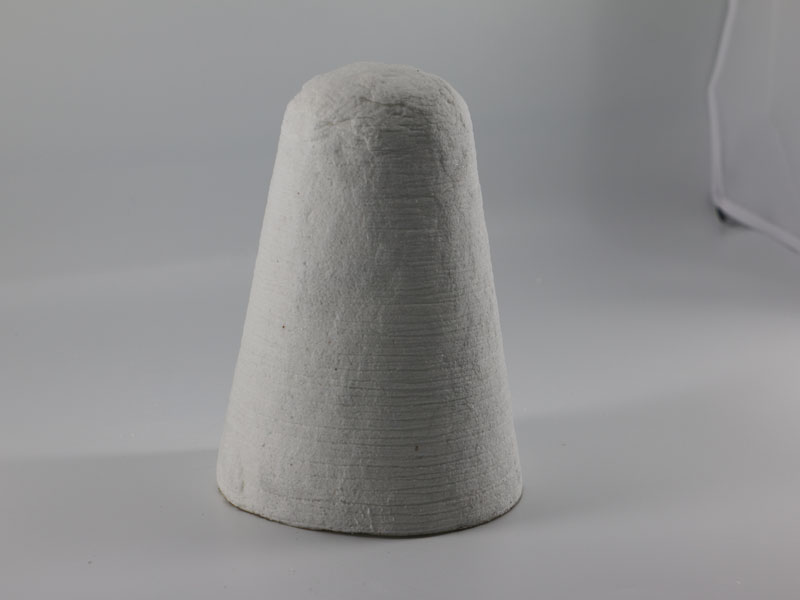 Alu Tap Cones has white appearance, no sand, high temperature resistance, no smoke, high hardness, stable function, high quality, high toughness, and will not become soft after long-term storage.
Alu Tap Cones has white appearance, no sand, high temperature resistance, no smoke, high hardness, stable function, high quality, high toughness, and will not become soft after long-term storage.
For a long time, Adtech Alu Tap Cones (sales@adtechamm.com) has been exported to large aluminum factories in more than a dozen countries (including foreign countries).
Use high-quality wooden box packaging and export packaging requirements.
Most aluminum smelting furnaces or holding furnaces used for aluminum castings are equipped with aluminum outlets, which are sealed with high temperature resistant ceramic fibers.
Alu Tap Cones are also called insulating plugs, insulating plugs, insulating plugs, insulating caps, and water outlet insulating plugs.
Adtech products are made of ceramic fibers through vacuum forming at 1,260°C. Precise technology and advanced equipment make every blockage have a flat surface.
More important is the proper hardness and toughness, it is not fragile and will not fall, and is compatible with mechanical or manual insertion and extraction operations.
The unheated material can be simply cut or processed.
During use, the product has good anti-wear and anti-drop functions, and will not be wetted by most molten metals.
Shape and supply
Vacuum-formed special-shaped products can have various sizes and shapes, including tubes, Tap Cones, domes and square boxes.
General characteristics
Under normal conditions, the physical and thermal properties of various special-shaped products are similar to those of vacuum forming panels of corresponding levels.
Special treatment
If necessary, vacuum forming hardener or refractory clay can be applied to the molded product to provide a maintenance layer.
Alu Tap Cones is widely used in Iceland Aluminium. Iceland Aluminium introduces ways to reduce casting loss during aluminum melting and casting
Control the temperature of liquid aluminum
The melting point of aluminum is 660℃. Generally speaking, the casting temperature of primary aluminum is controlled at about 730℃ or even lower. The fluidity of aluminum alloy is correspondingly lower than that of primary aluminum, about 710℃-730℃. For direct use For the unit of liquid aluminum in the electrolytic cell, when the high-temperature aluminum liquid enters the mixing furnace, it should be mixed with cold material in time, that is, add inferior aluminum, aluminum slag, etc. to the mixing and maintenance furnace, or part of the intermediate alloy (industrial silicon) can be advanced It is added into the furnace to form a pressure melting state, which not only increases the actual yield but also reduces the temperature. At the same time, the surface of the cold material added should be clean and free of oil stains, otherwise it may burn and release heat and promote burning. In short, effectively reducing the temperature of the molten aluminum to the corresponding casting temperature can reduce the great influence of temperature on casting loss.
Reduce the contact strength between liquid aluminum and air. The greater the contact strength between liquid aluminum and oxygen, the more serious the oxidation burning loss and the greater the casting loss.
Reduce the contact time between liquid aluminum and oxygen
1. Under the conditions of meeting the production requirements, turn the liquid aluminum in the furnace into finished products as quickly as possible. It is best to produce on-duty ingredients and do not make the liquid aluminum stay in the furnace for too long.
2. Reasonably arrange the casting equipment and shorten the length of the launder as much as possible to reduce the exposure time of liquid aluminum in the air. At the same time, an aluminum silicate insulation board can be placed on the upper part of the launder, which not only has a certain heat preservation effect but also reduces oxygen in the launder content.
3. Eliminate the long-term storage of molten aluminum in the mixing furnace due to various reasons, so as to reduce the contact time between molten aluminum and oxygen to reduce casting loss.
Control the mixing method of liquid aluminum
Whether manual stirring with large rake or mechanical stirring is carried out with the furnace door open, it will not only bring about huge fluctuations in the liquid level, increase the contact area with oxygen, but also increase the oxygen content in the furnace, which is bound to accelerate the above chemical reaction , The burning loss increases.
Electromagnetic stirring can be carried out in a closed state and the liquid level fluctuation is small, which effectively avoids the corresponding disadvantages. At the same time, it can also reduce the moisture in the air entering the furnace and reduce the probability of hydrogen absorption by the liquid aluminum.
Control the blowing height of liquid aluminum during refining
The general refining method is to manually sprinkle the refining agent directly into the furnace, and then carry out stirring and refining, but for some alloy production, nitrogen blowing refining is required (the refining time is longer, up to about 30 minutes).
There will inevitably be a certain blowing height, horizontal to the side and vertical to the head, which will drive the huge fluctuation of the liquid aluminum. Therefore, it is best to adjust the nitrogen pressure and control the blowing height to 10-15mm.

Correctly select and use refining agent to fully separate slag and aluminum.
In the process of smelting aluminum and aluminum alloys, in addition to its own inclusions, aluminum is very easy to form alumina or sub-alumina with oxygen, resulting in a layer of scum on the surface of the aluminum liquid, which has a certain degree of wettability with the aluminum melt.
A considerable amount of melt is mixed in the slag, so a refining agent is needed to change the wettability of the two, increase the surface tension at the interface between the slag and aluminum, and separate the slag and aluminum.
Aluminum and aluminum alloy fluxes are generally composed of chlorides and fluorides of alkali metals and alkaline earth metals, and their main components are KCl, NaCl, NaF.CaF₂, Na3AlF6, Na₂SiF6, etc., but the content of components varies greatly and the effect is not exhausted. the same.
In addition to using the flux produced by the flux factory, it is best to adjust the flux composition ratio according to the composition of the aluminum alloy to be smelted.
At the same time, strictly control the refining process conditions, such as the amount of flux, contact time between the flux and the melt, contact area, stirring condition, temperature, etc. The use of refining agents can effectively reduce the aluminum in the slag and reduce the casting loss.


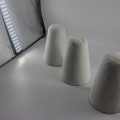
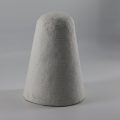
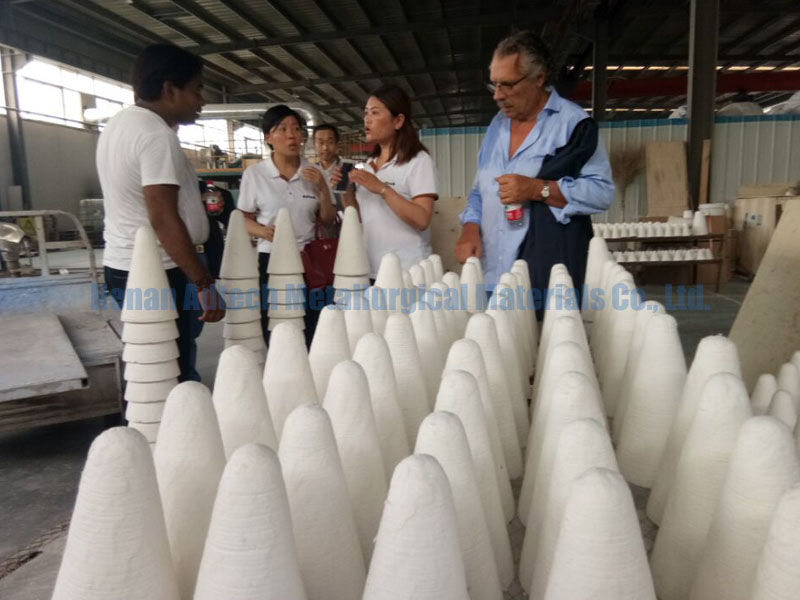


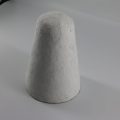
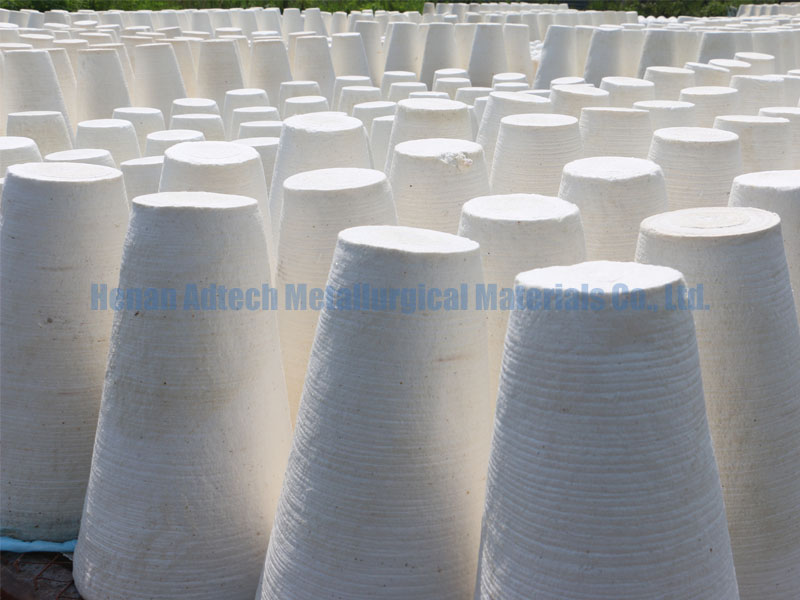
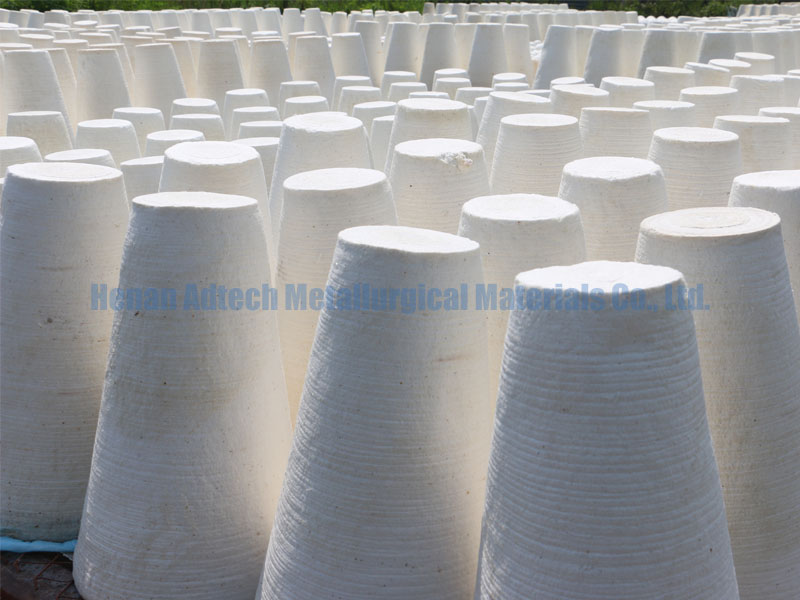
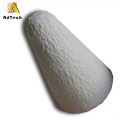
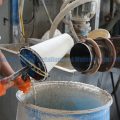
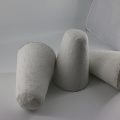

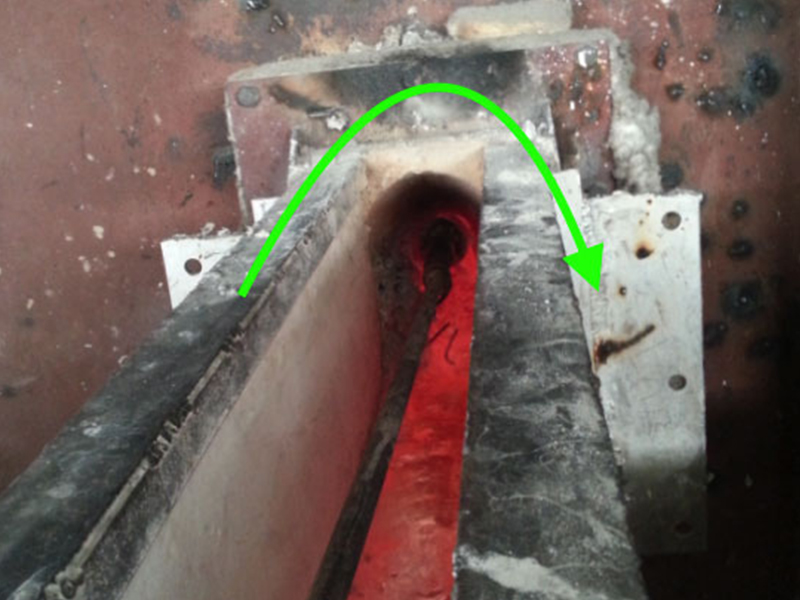
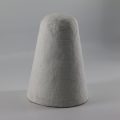
Sorry, the comment form is closed at this time.